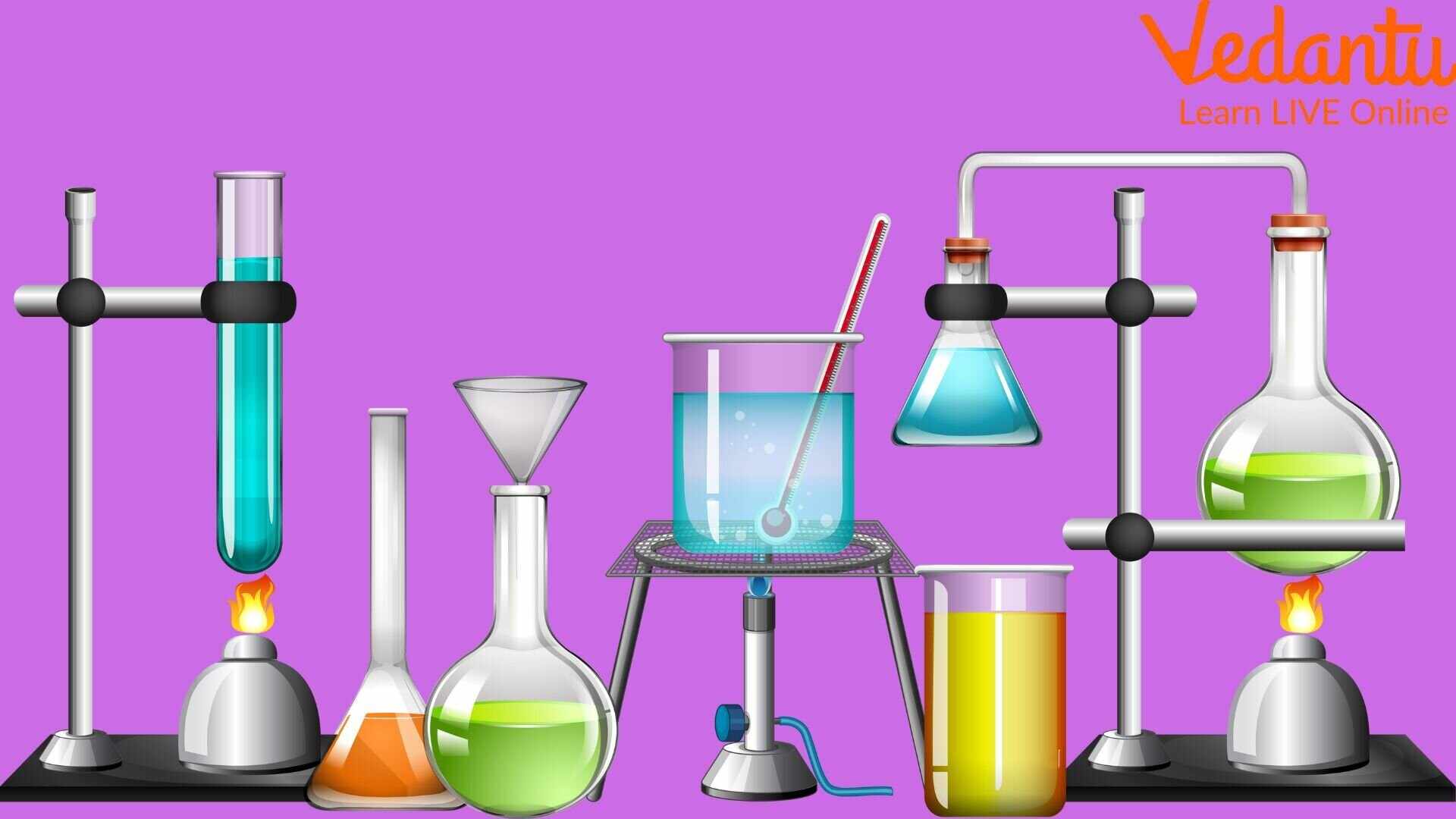Best Experiments Using Fundamental Chemical Principles
Chemistry is a brilliant Science subject that teaches us about matter and its various properties. We can learn many new things that are not visible to us until chemical experiments are conducted on them. Based on the studies done by Chemistry experts, these cool chemistry experiments are developed to show unique results and to teach students the outcomes.
The scientific reasons behind these chemical experiments are also explained in this blog. You will find it fascinating and easy to remember. These fun experiments can be tried as Chemistry projects but under the supervision of your teachers or parents.
Also Read: Science Experiments at home on National Science Day

Easy Chemistry Experiments for Education
List of Cool Chemistry Experiments
1. Rubber Bouncy Egg
We all know that eggs don’t bounce but rather get cracked when falling on the ground even from small heights. What if we can make an egg bounce without getting it cracked? For this, you will need simple things available in your kitchen.
This magic trick with an egg will need vinegar and a glass container. Pour the vinegar and put an egg in the glass container. Vinegar is essentially acetic acid (CH3COOH). It reacts with the calcium carbonate present in the shell and dissolves it. Eventually, the only thing left is the soft shell-less yolk with its protective covering. Hence, the egg turns out to be squishy and bouncing. This is a cool bouncy egg experiment you can try at home.
2. Nitric Acid and Copper
This experiment involves nitric acid. It means you will have to perform it in a lab. Nitric acid is slightly brownish in colour. Pure nitric acid is colourless. When copper is added to nitric acid, the colour turns green first. On waiting a little longer, it turns to brownish green. If you dilute the solution, it will turn into a blue-coloured solution. This colour coordination occurs due to the reaction between copper (Cu++) ions and nitrate (NO3-) ions.
3. Potassium Iodide (KI) and Hydrogen Peroxide (H2O2)
You might be familiar with this experiment as you have seen it multiple times. This is one of the chemistry practical experiments used to display volcanoes for science shows. When potassium iodide and hydrogen peroxide react with each other, even a small amount becomes a huge volume of foam. It is also called the elephant’s toothpaste.
The same chemical mechanism is used for creating a catalytic reaction with hydrogen peroxide. When yeast is mixed with hydrogen peroxide and dish soap, a huge volume of oxygen is released. It causes profuse foaming at a very fast rate. This is also known as the mystery inside toothpaste, taught to junior students.
4. Secret Message
What if you can write a message that no one can read but only your buddies can? All you need is a lemon, a piece of paper and a Q-tip. You can easily find them at home. Cut the lemon into two halves. Squeeze lemon juice and pour it into a cup. Dip the Q-tip and try writing down something on the piece of paper. Let it dry. Now, hold the paper on a candle or a bulb. You will see that the writings are becoming visible slowly. It is one of the chemistry lab experiments that can be used to write invisible messages. Cool, isn’t it?
5. Fog with Dry Ice
This is one of the cool experiments we can do using the basic chemical principles of dry ice. Dry ice is super-cooled carbon dioxide gas. Its temperature is -109° F. You can get it in chemistry labs but make sure you are using gloves to handle them. Dry ice can give bad frostbites and damage your fingers.
When dry ice is put on simple water, it forms a dense fog of carbon dioxide. The rapid formation of gaseous carbon dioxide in water causes the formation of this foam. It is completely harmless. Try not to touch the ice with your bare hands. Enjoy the cool outcomes.
6. Egg with Toothpaste and Vinegar
One of the super fun chemistry eggsperiments involves egg, toothpaste, and vinegar. We have already learnt that egg shells are eaten by vinegar. When we apply toothpaste to one half of an egg, we see that this part is not corroded by vinegar.
This happens due to the protection offered by the calcium fluoride present in toothpaste. This chemical compound does not let calcium carbonate react with acetic acid present in vinegar and protects it from corrosion. This means we can create a half-naked raw egg with this experiment.
7. Water Burns Metals
One of the best examples of an educational chemical reaction is burning metals in water. Alkaline metals burn when put in water. They displace hydrogen present in water molecules and combine with the remnant oxygen to form respective oxides.
The surprising part of this chemical experiment is that we know water is used to distinguish fire. In this case, water is the reason behind the burning of metals. Alkaline metals such as potassium, sodium, lithium, etc. burn on water producing different colours of flame. Potassium produces violet flames and sodium produces bright yellow. Make sure you use a very low amount of metal and use goggles to protect your eyes.
Try the Cool Chemical Experiments and Learn
These are the 7 cool experiments to perform and learn the basic fundamentals of Chemistry. Some of these experiments can be conducted at home and some need to be done in a chemistry lab with proper gear.
The outcomes of these experiments are what make them perfect for the students to learn the chemistry behind them. These experiments will also help students remember the scientific facts and will also make their inquisitive minds scout for more such experiments and find the scientific facts behind them.







